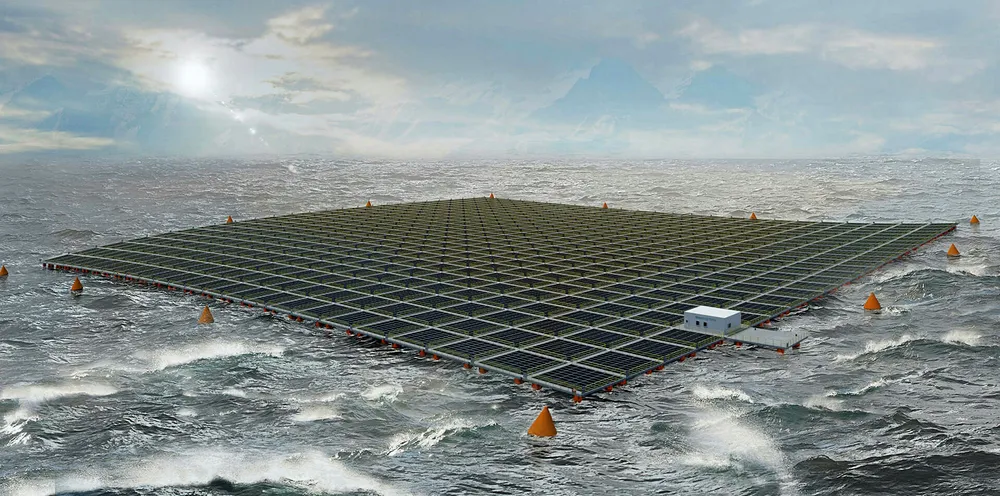Offshore oil industry giants Equinor and Saipem tie up for floating solar
Companies to develop innovative PV concept from Moss Maritime for open-sea coastal sites in fillip to emerging market

Companies to develop innovative PV concept from Moss Maritime for open-sea coastal sites in fillip to emerging market
